-
 Bitcoin
Bitcoin $117800
0.49% -
 Ethereum
Ethereum $4432
0.55% -
 XRP
XRP $3.106
1.07% -
 Tether USDt
Tether USDt $1.001
0.01% -
 BNB
BNB $835.8
1.74% -
 Solana
Solana $189.1
2.72% -
 USDC
USDC $0.9999
-0.01% -
 Dogecoin
Dogecoin $0.2302
3.65% -
 TRON
TRON $0.3485
-0.69% -
 Cardano
Cardano $0.9212
-0.91% -
 Hyperliquid
Hyperliquid $46.97
1.45% -
 Chainlink
Chainlink $22.77
5.61% -
 Stellar
Stellar $0.4284
0.82% -
 Sui
Sui $3.766
2.82% -
 Bitcoin Cash
Bitcoin Cash $583.5
-0.82% -
 Ethena USDe
Ethena USDe $1.001
0.03% -
 Hedera
Hedera $0.2512
2.78% -
 Avalanche
Avalanche $24.18
2.27% -
 Litecoin
Litecoin $120.2
2.10% -
 Toncoin
Toncoin $3.450
1.96% -
 UNUS SED LEO
UNUS SED LEO $9.412
-0.92% -
 Shiba Inu
Shiba Inu $0.00001298
2.35% -
 Uniswap
Uniswap $10.99
3.75% -
 Polkadot
Polkadot $3.962
3.09% -
 Dai
Dai $1.000
0.00% -
 Bitget Token
Bitget Token $4.643
1.38% -
 Cronos
Cronos $0.1511
-0.08% -
 Ethena
Ethena $0.7246
3.18% -
 Monero
Monero $254.9
7.90% -
 Pepe
Pepe $0.00001100
3.32%
How does MetaMask connect with the Avalanche network?
Connecting MetaMask to Avalanche requires adding a custom RPC; incorrect configuration can lead to transaction failures. Always double-check network details, understand gas fees, and prioritize security by using a strong password and 2FA.
Mar 25, 2025 at 09:49 pm
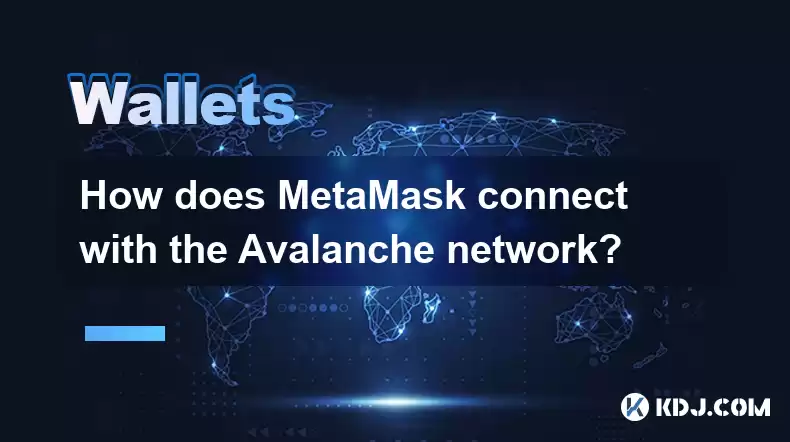
Key Points:
- MetaMask, a popular Ethereum wallet, doesn't directly support Avalanche natively. It requires the addition of a custom RPC network configuration.
- Adding the Avalanche network involves inputting specific network details into MetaMask's settings.
- Incorrect configuration can lead to transaction failures or loss of funds. Double-checking details is crucial.
- Understanding gas fees and their impact on Avalanche transactions is vital for efficient usage.
- Security best practices, such as using a strong password and enabling two-factor authentication, are essential when interacting with any cryptocurrency network.
How Does MetaMask Connect with the Avalanche Network?
MetaMask, a widely-used browser extension wallet, primarily interacts with the Ethereum blockchain. However, its flexibility allows users to connect to other blockchain networks, including Avalanche, by adding a custom RPC. This isn't a direct integration; it's adding a new network to your existing MetaMask wallet. This process effectively extends MetaMask's functionality beyond its default Ethereum capabilities.
Adding the Avalanche Network to MetaMask:
To connect MetaMask to the Avalanche network, you'll need to add the Avalanche C-Chain (the most commonly used chain for DeFi applications) as a custom RPC. This involves several steps.
- Open MetaMask: Access your MetaMask wallet extension in your browser.
- Access Network Settings: Click on the network name (usually "Ethereum Mainnet") in the top right corner of your MetaMask interface. Select "Add Network."
- Input Network Details: You will be prompted to enter several fields. These must be accurate for successful connection. Incorrect information can lead to problems. These details are typically available on the Avalanche website or documentation. You'll need the Network Name, New RPC URL, Chain ID, Currency Symbol, and Block Explorer URL. The Avalanche website provides these specific details for their different networks (C-Chain, X-Chain, P-Chain).
- Save Changes: Once you've entered all the necessary information, click "Save." MetaMask will now show Avalanche as an available network.
Understanding Avalanche Network Fees (Gas Fees):
Avalanche, like other blockchains, uses gas fees to incentivize validators to process transactions. These fees are paid in AVAX, the native token of the Avalanche network. The cost of transactions varies depending on network congestion and the complexity of the transaction. Higher gas fees generally lead to faster transaction processing. Understanding gas fees and their fluctuations is essential for budgeting and efficient use of AVAX.
Security Best Practices:
When connecting MetaMask to any blockchain network, including Avalanche, it's crucial to prioritize security.
- Strong Passphrase: Use a long, complex, and unique passphrase for your MetaMask wallet. Avoid using easily guessable information.
- Two-Factor Authentication (2FA): Enable 2FA for added security. This provides an extra layer of protection against unauthorized access.
- Beware of Phishing: Be cautious of suspicious websites or links claiming to be associated with Avalanche or MetaMask. Always verify the authenticity of any website or communication before providing any sensitive information.
- Regular Updates: Keep your MetaMask extension updated to the latest version to benefit from security patches and bug fixes.
Troubleshooting Common Issues:
- Incorrect Network Configuration: Double-check the network details you've entered. Even a small error can prevent MetaMask from connecting to Avalanche.
- Transaction Failures: Insufficient gas fees or network congestion can cause transaction failures. Adjust your gas fees accordingly, or try again later if the network is congested.
- Wallet Not Showing Avalanche: Ensure you've correctly followed the steps to add the Avalanche network. Restart your browser or MetaMask if necessary.
- Unable to Send/Receive AVAX: Confirm that you have sufficient AVAX in your MetaMask wallet and that you've selected the correct Avalanche network.
Frequently Asked Questions:
Q: Can I use MetaMask Mobile to connect to Avalanche?
A: Yes, the process of adding the Avalanche network to MetaMask Mobile is similar to the desktop extension. You will need to navigate to the settings and add the Avalanche network using the correct RPC details.
Q: What are the different Avalanche chains, and which one should I use?
A: Avalanche has three main chains: the C-Chain (EVM compatible), X-Chain (for AVAX transfers), and P-Chain (for subnets). For most DeFi applications, the C-Chain is the one you'll interact with.
Q: What happens if I enter the wrong RPC URL?
A: Entering an incorrect RPC URL may prevent you from connecting to the Avalanche network, or worse, could potentially expose you to security risks if you've entered a malicious URL. Always verify the source of the RPC URL before using it.
Q: Are there any alternative wallets for interacting with Avalanche?
A: Yes, several other wallets support Avalanche, including Ledger, Trust Wallet, and others. Each has its advantages and disadvantages.
Q: Is it safe to store AVAX in MetaMask?
A: Storing AVAX in MetaMask is generally safe as long as you follow security best practices, such as using a strong passphrase and enabling 2FA. However, remember that MetaMask is a custodial wallet, meaning you are responsible for the security of your private keys.
Disclaimer:info@kdj.com
The information provided is not trading advice. kdj.com does not assume any responsibility for any investments made based on the information provided in this article. Cryptocurrencies are highly volatile and it is highly recommended that you invest with caution after thorough research!
If you believe that the content used on this website infringes your copyright, please contact us immediately (info@kdj.com) and we will delete it promptly.
- Kazakhstan's Crypto Leap: Bitcoin ETF and Central Asia's Digital Finance Future
- 2025-08-13 12:45:19
- BlockDAG Presale Blazes Past $371M: Fundraising Frenzy Fuels Crypto Sensation
- 2025-08-13 13:05:21
- Meme Coins: Chasing the 2025 Surge – Which Will Moonshot?
- 2025-08-13 10:25:23
- Bitcoin's Wild Ride: Rally, Pullback, and What's Next
- 2025-08-13 10:25:23
- Bitcoin, Bitmax, and Institutional Demand: A New Era of Crypto Investment
- 2025-08-13 10:45:12
- Solana, ROAM, and Airdrops: What's the Buzz in 2025?
- 2025-08-13 11:35:13
Related knowledge
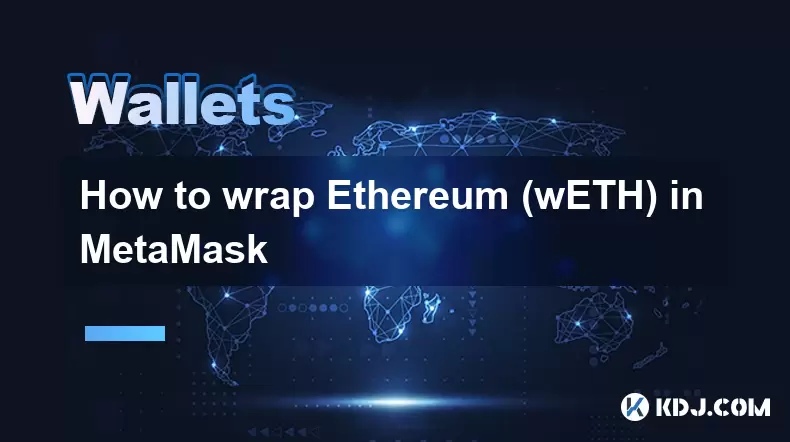
How to wrap Ethereum (wETH) in MetaMask
Aug 13,2025 at 11:36am
Understanding Wrapped Ethereum (wETH)Wrapped Ethereum (wETH) is a tokenized version of native Ethereum (ETH) that conforms to the ERC-20 standard, ena...

How to manage your portfolio in Exodus wallet
Aug 08,2025 at 10:07pm
Understanding the Exodus Wallet InterfaceThe Exodus wallet is a non-custodial cryptocurrency wallet that supports a wide range of digital assets. When...
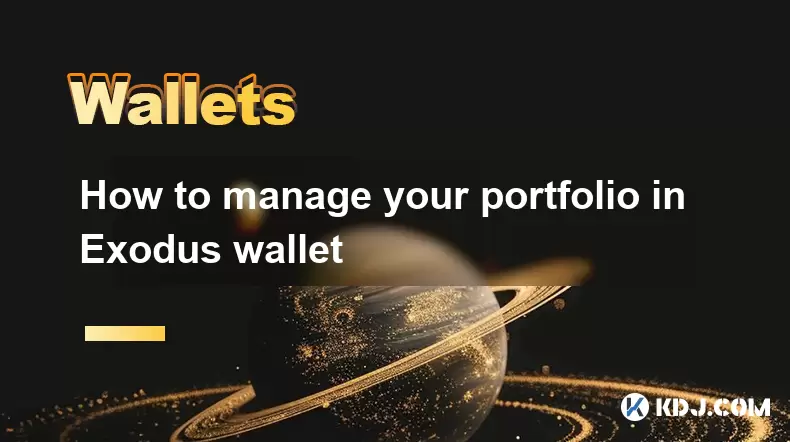
How to manage your portfolio in Exodus wallet
Aug 13,2025 at 11:35am
Understanding the Exodus Wallet InterfaceThe Exodus wallet is a non-custodial cryptocurrency wallet that supports a wide range of digital assets. Upon...

How to reset your MetaMask password
Aug 08,2025 at 01:28pm
Understanding the MetaMask Password Reset ProcessMany users confuse the MetaMask password with the seed phrase or private key, but they serve differen...
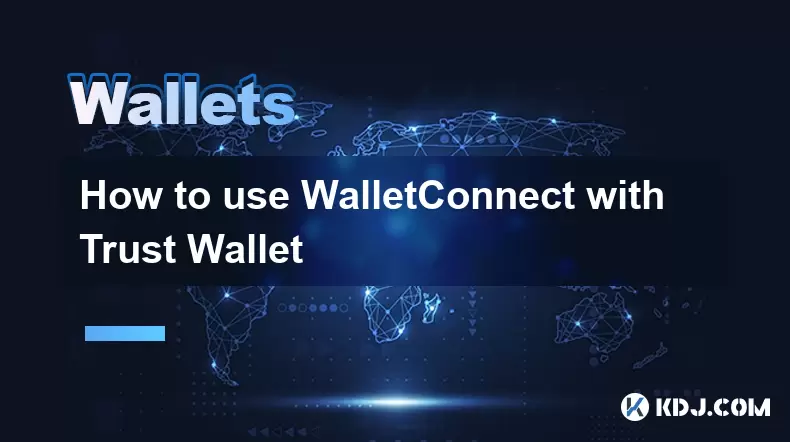
How to use WalletConnect with Trust Wallet
Aug 13,2025 at 01:07am
What Is WalletConnect and Why It Matters for Trust Wallet UsersWalletConnect is an open-source protocol that enables secure communication between dece...
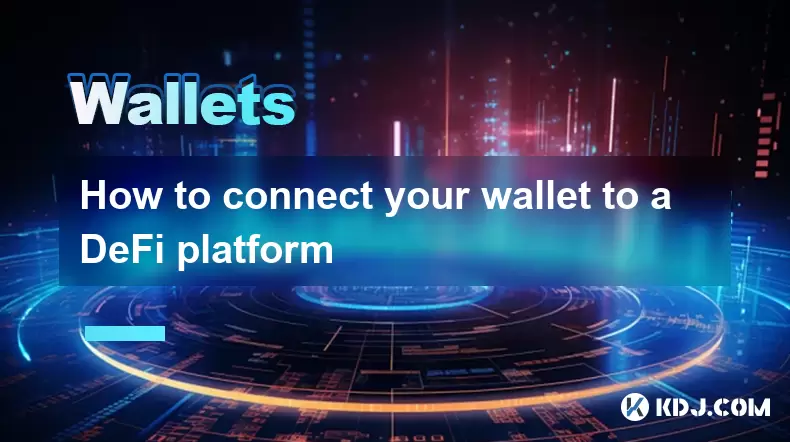
How to connect your wallet to a DeFi platform
Aug 13,2025 at 11:36am
Understanding Wallet Compatibility with DeFi PlatformsBefore connecting your wallet to any DeFi platform, it's essential to ensure your wallet is comp...

How to wrap Ethereum (wETH) in MetaMask
Aug 13,2025 at 11:36am
Understanding Wrapped Ethereum (wETH)Wrapped Ethereum (wETH) is a tokenized version of native Ethereum (ETH) that conforms to the ERC-20 standard, ena...

How to manage your portfolio in Exodus wallet
Aug 08,2025 at 10:07pm
Understanding the Exodus Wallet InterfaceThe Exodus wallet is a non-custodial cryptocurrency wallet that supports a wide range of digital assets. When...

How to manage your portfolio in Exodus wallet
Aug 13,2025 at 11:35am
Understanding the Exodus Wallet InterfaceThe Exodus wallet is a non-custodial cryptocurrency wallet that supports a wide range of digital assets. Upon...

How to reset your MetaMask password
Aug 08,2025 at 01:28pm
Understanding the MetaMask Password Reset ProcessMany users confuse the MetaMask password with the seed phrase or private key, but they serve differen...

How to use WalletConnect with Trust Wallet
Aug 13,2025 at 01:07am
What Is WalletConnect and Why It Matters for Trust Wallet UsersWalletConnect is an open-source protocol that enables secure communication between dece...

How to connect your wallet to a DeFi platform
Aug 13,2025 at 11:36am
Understanding Wallet Compatibility with DeFi PlatformsBefore connecting your wallet to any DeFi platform, it's essential to ensure your wallet is comp...
See all articles

























































































